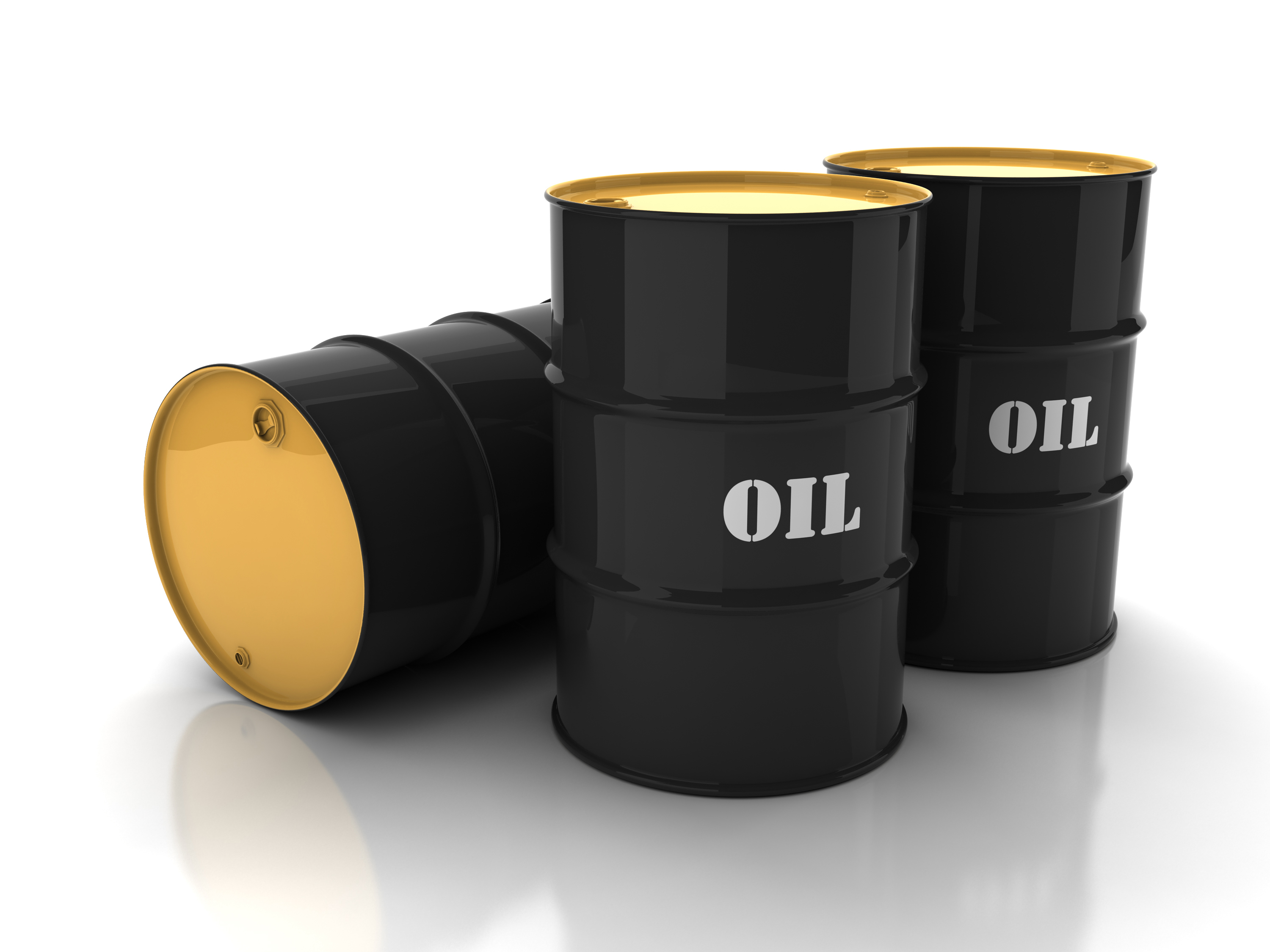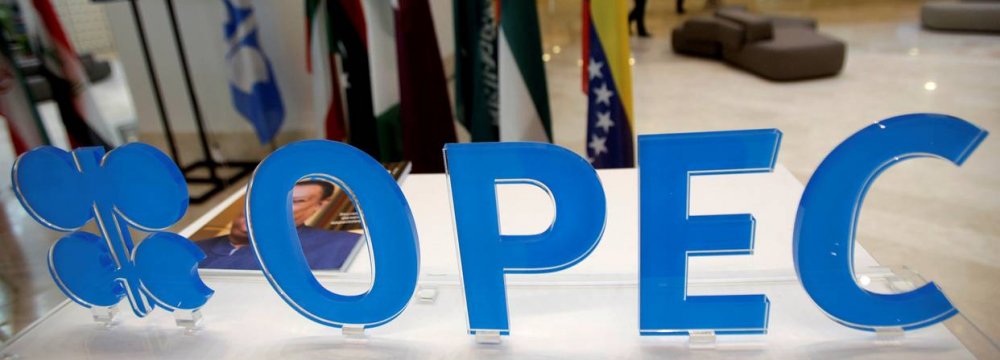
OPEC Deal Tests Oil Majors' Appetite for Risk, Reward


Just ask Patrick Pouyanne, chief executive officer of Total SA. Throughout the downturn he consistently warned that tens of billions of dollars of investment cuts around the world will create an oil-supply shortfall within a few years.
The situation presents an opportunity for the French producer and refiner, which will consider next year whether to start developing expensive new projects, Bloomberg reported.
The question is, do wary investors really want him to put his money where his mouth is?
“Total must continue to allocate investments cautiously and bank on low oil prices,” said Ahmed Ben Salem, an analyst at Oddo Securities.
The company should be seeking ways to drive production growth beyond 2020, but only on “projects with break-even of no more than $45 or $50, because the OPEC decision may be valid for just six months.”
There is no guarantee that Pouyanne is right. While his sentiments have been echoed by other influential figures in the industry such as International Energy Agency Executive Director Fatih Birol, Rex Tillerson, outgoing CEO of energy giant Exxon Mobil Corp. and future US secretary of state, says there is no looming supply gap.
What is beyond doubt is that the two-year oil slump has prompted an unprecedented wave of retrenchment across the industry.
The worst appears to be over after Brent crude, the international benchmark, gained more than 40% this year. The rebound accelerated after the Organization of Petroleum Exporting Countries agreed to the first production cuts in eight years.
Still, the price is about half its mid-2014 level and companies remain conservative -- cutting spending in order to boost cash flow and protect dividends as debt rises.
The biggest project approvals in recent months have focused on expanding existing facilities—Phase 2 of BP's Mad Dog oilfield project in the Gulf of Mexico, Chevron Corp.’s Tengiz expansion in Kazakhstan—rather than tapping completely new areas.
Investors see plenty of reasons for a company to be cautious, but they also acknowledge that anyone willing to invest now could reap the benefits later, particularly with the cost of developing new resources declining as suppliers cut their prices.


Trump weighs using $2 billion in CHIPS Act funding for critical minerals

Codelco cuts 2025 copper forecast after El Teniente mine collapse

Electra converts debt, launches $30M raise to jumpstart stalled cobalt refinery

Barrick’s Reko Diq in line for $410M ADB backing

Abcourt readies Sleeping Giant mill to pour first gold since 2014

Nevada army depot to serve as base for first US strategic minerals stockpile

SQM boosts lithium supply plans as prices flick higher

Viridis unveils 200Mt initial reserve for Brazil rare earth project

Tailings could meet much of US critical mineral demand – study

Kyrgyzstan kicks off underground gold mining at Kumtor

Kyrgyzstan kicks off underground gold mining at Kumtor

KoBold Metals granted lithium exploration rights in Congo

Freeport Indonesia to wrap up Gresik plant repairs by early September

Energy Fuels soars on Vulcan Elements partnership

Northern Dynasty sticks to proposal in battle to lift Pebble mine veto

Giustra-backed mining firm teams up with informal miners in Colombia

Critical Metals signs agreement to supply rare earth to US government-funded facility

China extends rare earth controls to imported material

Galan Lithium proceeds with $13M financing for Argentina project

Kyrgyzstan kicks off underground gold mining at Kumtor

Freeport Indonesia to wrap up Gresik plant repairs by early September

Energy Fuels soars on Vulcan Elements partnership

Northern Dynasty sticks to proposal in battle to lift Pebble mine veto

Giustra-backed mining firm teams up with informal miners in Colombia

Critical Metals signs agreement to supply rare earth to US government-funded facility

China extends rare earth controls to imported material

Galan Lithium proceeds with $13M financing for Argentina project

Silver price touches $39 as market weighs rate cut outlook

















